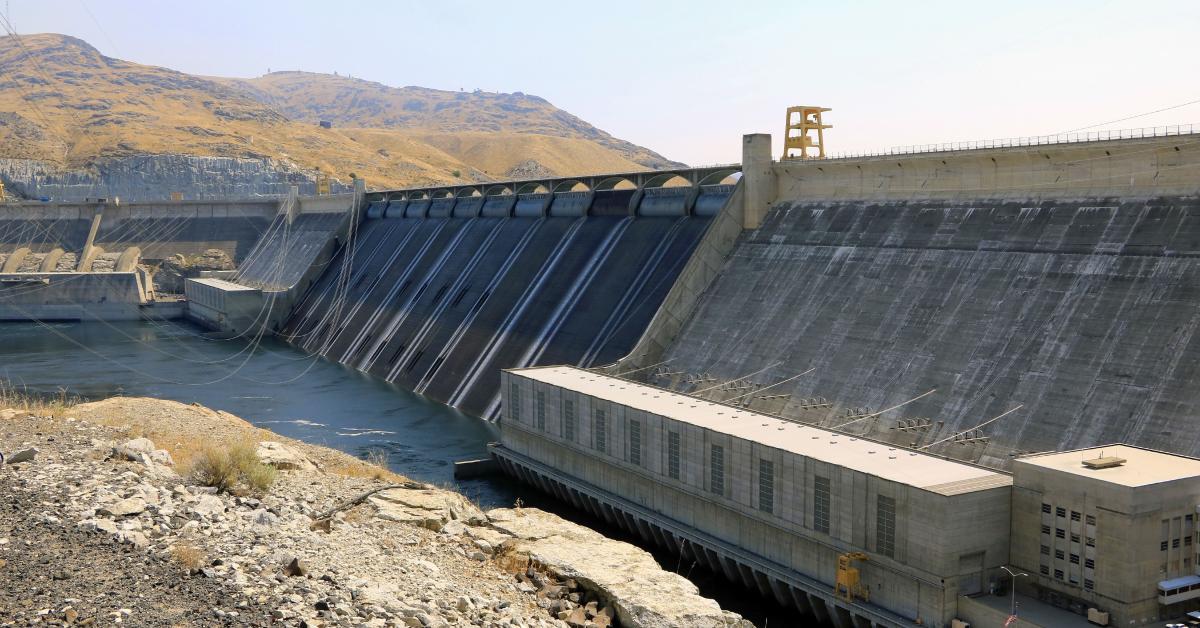We support our Publishers and Content Creators. You can view this story on their website by CLICKING HERE.

Proponents of breaching the four lower Snake River dams that provide hydropower in the Columbia Basin concede that plan is likely on hold for at least the next four years under a second term for President-elect Donald Trump. A little more than a year ago, the Biden administration announced its support for preparing to breach.
“I don’t want to say I know for sure what a new administration is going to do,” said Amanda Goodin with Earthjustice, which describes itself as the nation’s leading environmental law organization. EarthJustice represents several environmental interests seeking to get rid of the dams.
“On the one hand, I feel like there is such a win-win opportunity for the region to rebuild our salmon runs and protect the needs of other users in the basin,” Goodin continued during a Thursday interview with The Center Square. “Being real, this is the second time we’ve seen a Trump administration, and under the first Trump administration, we saw that was not a path they were interested in.”
As previously reported by The Center Square, the fight over the Snake River dams has been ongoing for more than 20 years, largely over salmon and steelhead restoration and other environmental concerns.
The four dams are located in the southeastern corner of Washington, near the Oregon border, and they provide as much annual energy – 1,000 average megawatts – as a large nuclear power plant. According to utility Modern Electric Water, the lower Snake River dams can produce up to three times that amount during periods of high demand. As many as 750,000 homes rely on the carbon-free power generated by the dams.
Opponents of removing the dams, including U.S. Rep. Dan Newhouse, R-Wash., who just won reelection, introduced efforts to kill what they described as a backroom deal last year between the Biden administration and a handful of stakeholders. That deal resulted in a formal memorandum of understanding, with an expected goal to remove the dams.
“These dams are vital to our economy, our efforts to reduce carbon emissions, and the ability to send our commodities overseas,” wrote Newhouse in a Sept. 2023 news release. “The Columbia River Basin is one of our most valuable natural resources in the Pacific Northwest and I will continue to fight each and every day against this Administration’s efforts to breach these vital dams.”
For many years, the Bonneville Power Administration has been working with other agencies to mitigate concerns about the dams’ impact on Washington’s salmon population.
The U.S. Army Corps of Engineers has made continual improvements to the dams to help protected salmon survive without injury.
“In the last 25 years, the Corps has consistently investigated and adopted new technologies for maximizing the survival of juvenile and adult fish,” read a U.S. Army Corps of Engineers post.
Goodin doubts the incoming Trump administration will stick with the plan to breach the dams, but she hasn’t completely given up hope.
“Maybe they’ve learned and grown and are interested in a path that can meet all needs, but time will tell,” she said. “We have to be kind of real about outcomes and what is going to work.”
Jason Mercier is the vice president and director of research at the Mountain States Policy Center. He has written extensively on the fight over the Snake River dams.
Jason Mercier with the Mountain States Policy Center has written extensively on the fight over Snake River dams.
“Based on some of the initial comments from President-elect Trump, it looks like federal energy policy is about to do a 180,” he emailed The Center Square. “This bodes well for supporters of the clean, renewable, hydropower provided by the Snake River dams.”
Goodin suggested the aging Snake River dams will need expensive upgrades that may not make sense for ratepayers.
“They’re at a point where, at some point in the not-so-distant future, it will require an enormous amount of money to keep them functioning,” she explained. “They’re kind of past the age when one might start thinking they will need turbine replacement, and when is that coming? It’s not like keeping them is free.”
Mercier took on that observation in a May blog.
“The costs of an expanded zero-carbon resource portfolio designed to replace the full capability of the four lower Snake River dams would be significant: up to twice the $400 million assumed to maintain regional reliability,” he wrote. “Additional variables such as resource financing uncertainties and the uncertainty in the cost and availability of demand response add to this rate sensitivity. If Bonneville had to replace the four lower Snake River projects’ full capability with zero-carbon resources, the rate pressure could be up to 50% on wholesale power rates.”

 Conservative
Conservative  Search
Search Trending
Trending Current News
Current News 





